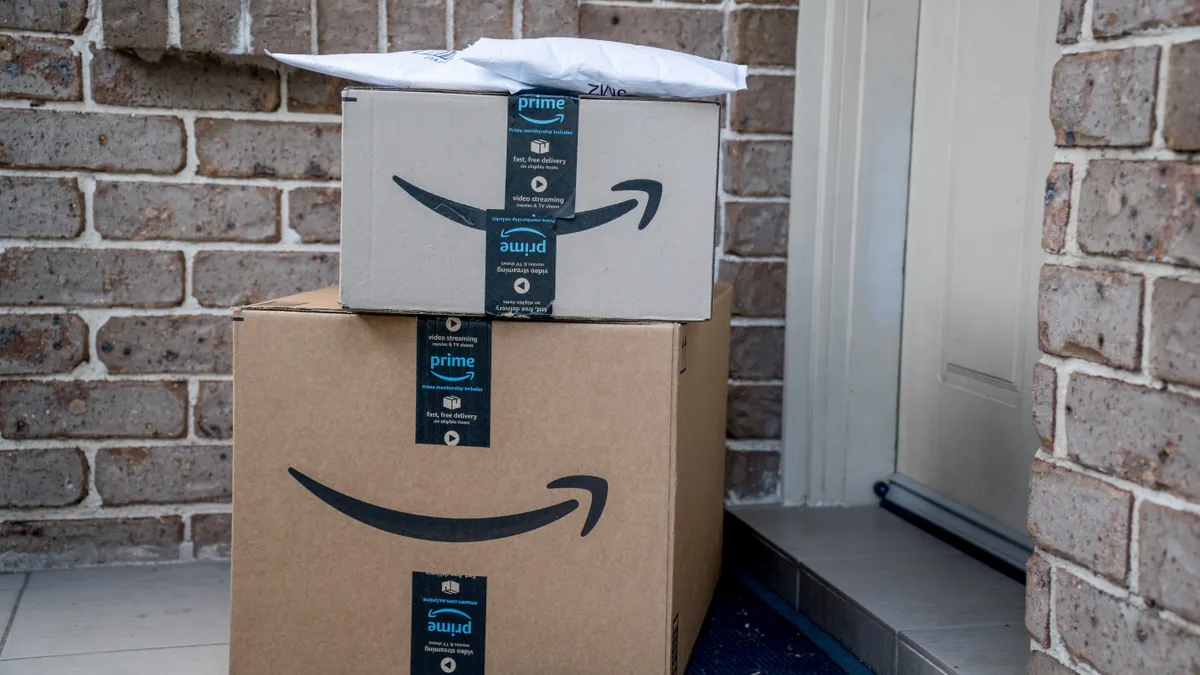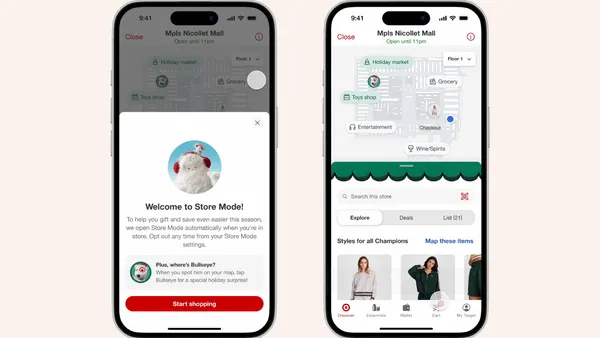The Internet Retail Conference & Exhibition, held annually in Chicago each June, is a great way to take the pulse of digital commerce and the tools needed to make it work. And this year was no exception.
IRCE is a real working trade show. Exhibitors largely say it’s one of the more successful events for finding and signing new customers, and a variety of retailers show up with a shopping list of needed solutions. These are largely small and mid-size merchants — the ones who arguably are best positioned to deploy new technology quickly without many of roadblocks that systems developed in-house might throw up.
IRCE brings together these suppliers, small and growing businesses, and the larger, legacy merchants. This year's show provided us with no shortage of takeaways, from the growth of augmented reality and B2B e-commerce to the increased importance of packaging and a little company called Amazon.
Here are 7 key takeaways from IRCE 2017.
1. Retailers need to invest in employees
The overriding theme at IRCE this year was that as much as retailers are investing in technology, the technology needs to help employees do their jobs better. The effort is long overdue. Now that the infrastructure is in place to enable e-commerce, put forward omnichannel solutions, and meet mobile needs, it’s time for retailers to reinvest in the people who drive the great majority of their retail sales.
Walmart discovered this after announcing a major investment in employees in 2015 that included higher wages, new training programs, schedule transparency and new mobile technology to help those on the floor better complete tasks. Within short order, management said the move was paying off by increasing comparable store sales.
This message was mirrored by a myriad of presenters at IRCE, including Joe Milano, SVP and GM of digital retail for Saks Fifth Avenue. He revealed how a mobile-based program allows store associates — or "style advisors" as he calls them — to create a customer profile that follows shoppers from the store to the home and back again. Employees are rewarded regardless of the conversion channel, while these shoppers spend more and are more loyal.
Fabletics, too, is putting digital tools into store employees’ hands to grow sales across channels. President and General Manager Gregg Throgmartin detailed how the brand is “brick mining” stores to fuel digital expansion and product development.
2. Brands are going direct
The recent spate of store closings is putting increased pressure on brands that see distribution points dwindling. Major trends from personalization and social media marketing to marketplace selling are affecting brands today as they look to defend market share and grow even as their retail partners struggle.
Brands are now shopping for — and implementing — the same digital tools as retailers to directly reach customers. Email marketing, customer relationship management, shipping management, product descriptions and reviews are just a few of the programs on brands' shopping lists.
3. Marketplaces are going strong
Marketplace selling tools were everywhere at IRCE with entire conference tracks and special sessions devoted to the topic. Whether brands are just getting started or want to grow sales through this outlet, it’s clear that marketplaces are here to stay and will only get bigger.
It’s less clear, however, whether selling on a marketplace is the right move for every brand. Amazon is the clear leader with the largest marketplace today, but Walmart is building its own marketplace business and has set its sights on being a formidable competitor. But are retailers that bolster their bottom lines in the short term through marketplace sales putting their long-term futures in jeopardy?
It's a big question, and one Retail Dive will be exploring as the trend plays out.
4. Acronyms are in
Everyone’s talking about AI, AR and VR. These are all compelling if unproven technologies that every retailer needs to examine. Amazon’s success with AI and the emergence of Apple and Google as formidable competitors makes it the leading technology to watch.
But AR could be the dark horse here. Imran Ansani, principal manager of global e-commerce for Walmart Labs, told attendees that the ability to overlay digital data on a view of the physical world is game-changing interactive technology for retailers. “We’re moving from an information age to an experience age," said Ansani. “It’s going to be table stakes.”
"We’re moving from an information age to an experience age. It’s going to be table stakes."

Imran Ansani
Principal Manager, Global E-commerce for Walmart Labs
For VR, however, it’s still much too early, according to Brendan Witcher, principal analyst at Forrester Research. “No one expects it right now,” he said. “It might be relevant sometime around 2020.”
5. B2B e-commerce is on the rise
Business to business e-commerce has lagged its B2C brethren, but that’s now changing. Suppliers are selling to business accounts on digital platforms at a growing rate. While retailers may be more accustomed to reaching shoppers through digital means, they will be increasingly doing so with vendors as well.
6. Packaging matters
Scattered throughout the IRCE exhibition hall were a handful of packaging companies. It’s something of a shock to see these displays — a throwback of sorts to when trade show exhibitors were packaged goods and display companies. But there they were and the message is that packaging matters.
For starters, unboxing is a thing. A quick search of the term on YouTube delivers 62.6 million hits. These are videos of people unpacking or opening online purchases. They range from the simple “look at my haul from Amazon” videos to the more elaborate treasure chest-like opening of monthly subscription boxes from beauty companies.
Beautiful packaging helps internet retailers create a luxurious experience for the shopper and makes receiving orders a pleasure. That's something all retailers could pay more attention to.
7. Amazon is everywhere
There is no commerce business more omnipresent than Amazon.
Whether it’s to compete as a retailer, sell on the Amazon Marketplace or take advantage of a digital solution such as Amazon Web Services or Amazon Pay — Amazon hangs like a cloud over the retail industry. That’s one trend that won’t go away anytime soon.





















